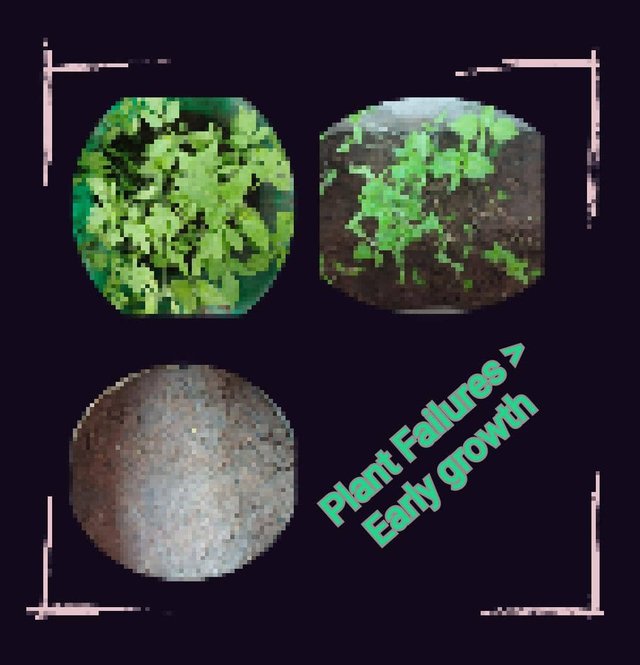 |
|---|
Welcome to my page, great minds. This is another time to make my views on some areas we may find interesting and need to know. Agriculture has remained a vital factor in the economic and social development of nations.
The life of a farmer is always on the balance. The responsibility of always caring for farms and ensuring they are optimally in balance is overwhelming sometimes. There are countless scenarios we've faced at one point or the other during seedlings and early growth stages.
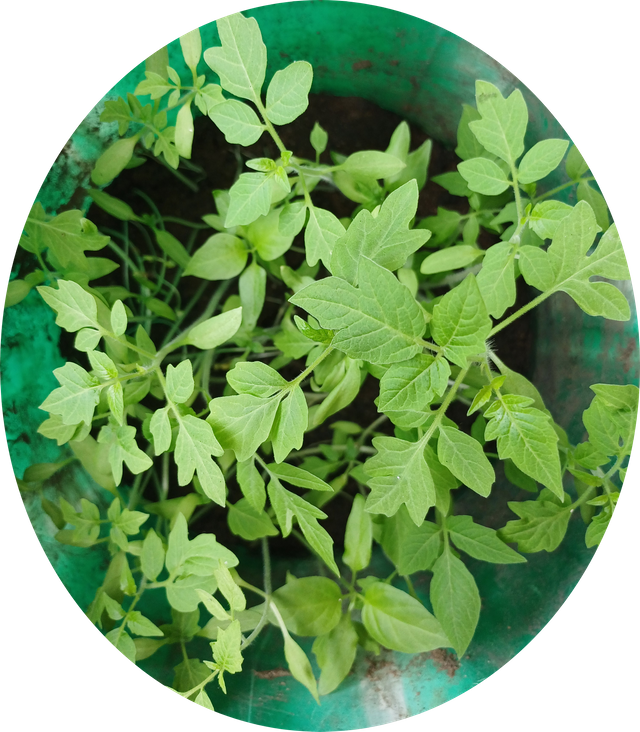 |
|---|
I could remember a typical scenario that happened weeks ago, and it got me disheartened. I lost one of my nursery pots to wind hazards. This post contains two species of our pepper (sweet and Chili pepper), botanically known as Capsicum annum and frutescent annuum.
This was a plant that was full of life looking at its nourishment and green leafy looks. I have cherished it over the other two nursery pots with Solanum lycopersicum (tomatoes) due to its fast growth and leafy appealing looks that show adequate use of plant nutrients.
But all these got damaged in just a short space without any survival. They were seen all clamped down, all in the same direction. It was a sad one as all my efforts to salvage some of them proved abortive. I lost all my pepper plants in the nursery.
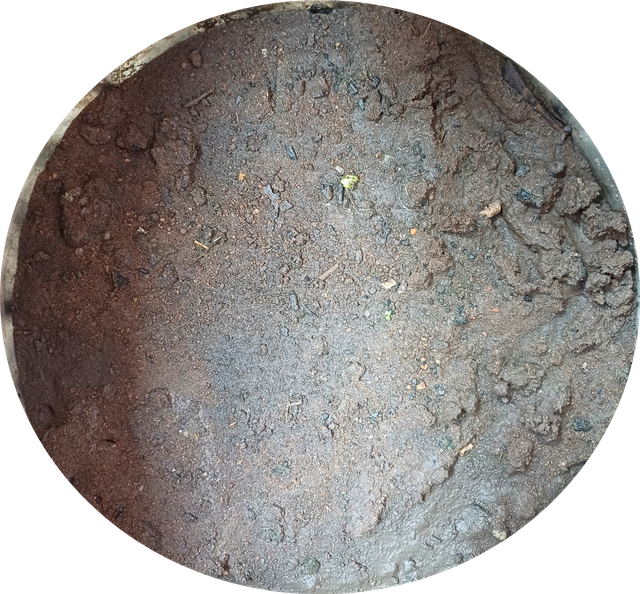 |
|---|
We may wonder how the wind affects our young plans. Yes! This affects and dislodges well-rooted trees more of this little plant with fragility in this stage of growth. Let's get to look at this topic, "common causes of plant failures during early growth stage".
We have these effects classified into different major factors namely;
- Environmental Factor ✅️
- Soil Factors ✅️
- Human Factors ✅️
- Pest and Disease Factors ✅️
- Genetic Factors - mutation issues, unstable plant species
- Others (unclassified) - Human and Animal Damage
Environment has been observed to either make or mare our seedlings at any stage of growth. The overbearing effects of climate change can not be underestimated due to the harsh effects on our farming activities.
Some of the elements that we may envisage as causes of the early dislodgement of plants include;
a. Temperature variations - plants tend to wither due to high temperatures. Irregular temperature rates at plant nursery stages should be ideally monitored for improved plant growth.
b. Inadequate/Irregular Sunlight - plant dependent heavily on sunlight energy for photosynthesis. If this is irregular or not available, we may find this ugly situation before us.
c. Insufficient / Overwatering - either of the both kills our plant both at this stage and other advanced stages. This early stage is a lot more rapid because of the tenderness of plants to withstand shock. We have to moderate water our plants and as well do that timely.
d. Poor soil quality - this is potent in the nursery section. We have to adequately make our soil fertile during this stage to avoid the use of plants and the subsequent death of plants.
e. Wind damage - most of our plants have tender stems and roots that make them susceptible to wind damage. We have to be very cautious of this.
Everything we do in planting begins with the soil and also ends there. It is the mother of most agricultural activities we know. Directly and indirectly, impacting food security from all fonts. Therefore, we also find it culpable in affecting our plant growth. Let's see some of the elements;
a. Nutrient deficiencies - as I explained earlier when our crops find it difficult to access nutrients, it affects the continuity of survival. Once there is a cut-off from the nutrient supply, they gradually wither.
b. pH imbalance - different plants have their preferred pH levels and we should at every point in time consider this for better performance. Tolerable pH levels for tomatoes and peppers are 5.5 to 7.0. Anything out of this tolerance range causes retarded growth and disease attacks. To reduce or increase pH levels, the use of aluminum sulfate and lime, respectively, are active ingredients.
c. Compacted soil- this tends to be suffocating for plants irrespective of their growth stages. They impact their CO² and absorption of nutrients.
We have most times neglected human error as one of those factors that affect early plant growth. We have to see these errors as some of the problems that contributed to crop untimely failures. We should ensure that we maintain 2.5 to 5 cm sowing depth and about 12 to 36 cm spacing depending on species type.
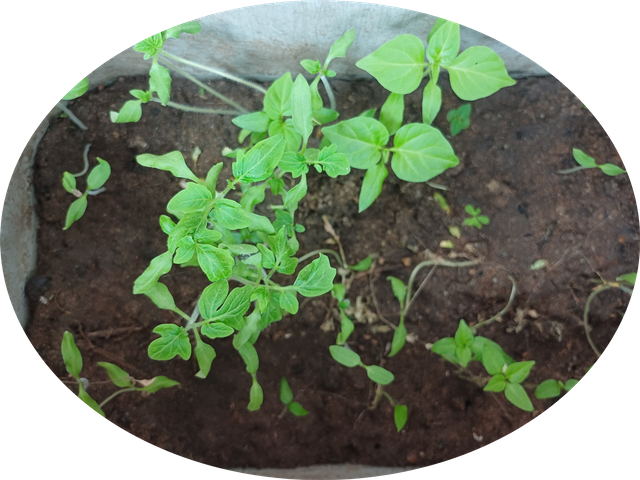 |
|---|
Inadequate transplanting and overhandling are possible ways to kill our, in fact, plants. Since they are fragile and prone to breaks, we have to handle them with extreme care. Poor pruning methods should be discouraged as this ends up destroying them instead.
Pest and disease are plants enemies and they are mostly against the survival of them at any stage. We see them affect our plants by attacking the leaves, which makes it difficult to interact with sunlight or build around them through parasitic patterns. We have fungal, bacterial, nematode, and viral infections that the plant performance. We can not forget the activities of insects and rodents.
In summary, there are situations likely to come out complex due to the actual cause of plant early failures. Most of these stages tend to interact with each other. We may find a situation with inadequate sowing depth conflicting with windy conditions.
Thank you...
https://x.com/xkool24/status/1855722535356391935?t=irZFTPLeuuLg3L9ehXCXCA&s=19
Downvoting a post can decrease pending rewards and make it less visible. Common reasons:
Submit
Welcome to steem-agro!
MODs Comment/Recommendation:
Thank you so much dear for posting in our community.
Remember to always share your post on Twitter using these 3 main tags #steem #steemit $steem
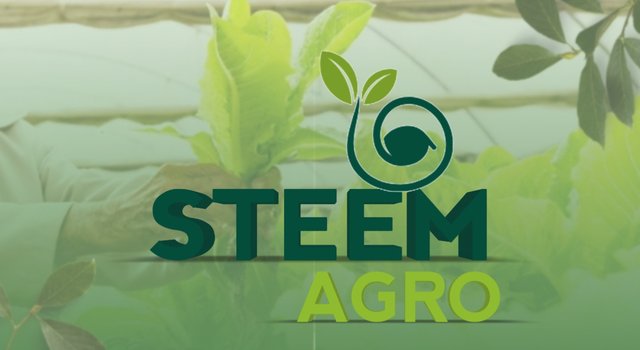
Downvoting a post can decrease pending rewards and make it less visible. Common reasons:
Submit
Downvoting a post can decrease pending rewards and make it less visible. Common reasons:
Submit